How India celebrates Navratri 2025: A state-by-state guide
Though the essence of devotion to Goddess Durga remains the same, each state celebrates it in a uniquely vibrant way.
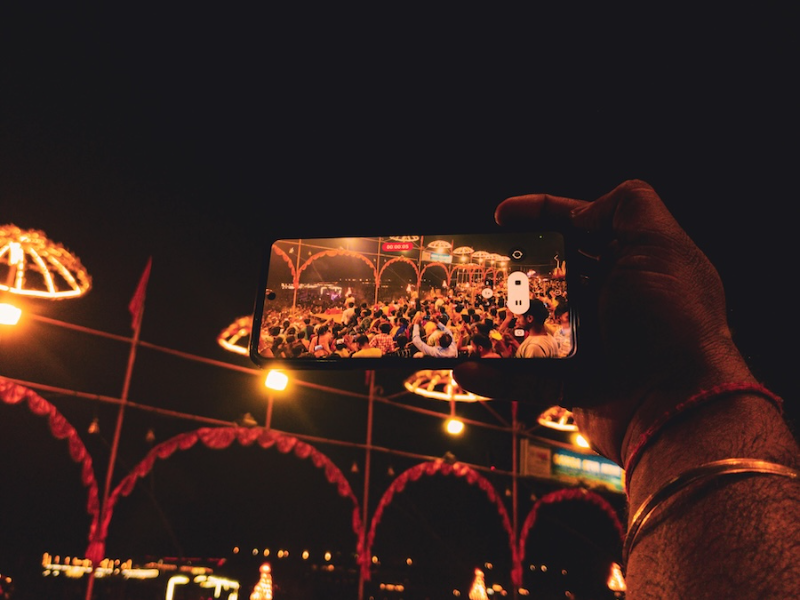 Representative Image / Pexels
Representative Image / Pexels
As autumn sets in and the air carries a hint of festivity, India lights up for Navratri—nine sacred nights honoring the divine feminine energy (Shakti). Though the essence of devotion to Goddess Durga remains the same, each state celebrates it in a uniquely vibrant way.
West Bengal: Durga Puja Extravaganza
In West Bengal, Navratri is celebrated as Durga Puja, a grand spectacle of artistry and devotion. Idols of Goddess Durga are installed in elaborately decorated pandals. Beats of dhaak drums, the fragrance of dhunuchi incense, and the rhythmic dhunuchi naach (devotional dance).
The last day, Vijaya Dashami, sees emotional farewells as idols are immersed in rivers, symbolizing the goddess’ return to her heavenly abode.
Gujarat: Nights of Garba & Dandiya
In Gujarat, Navratri transforms into a nine-night dance festival. People dress in colorful chaniya cholis and kediyus, forming circles to perform Garba, a graceful dance in honor of the goddess. Later in the night, Dandiya Raas, a lively stick dance, keeps the energy high until dawn. It is both a spiritual offering and a celebration of community, making Gujarat’s Navratri one of the most vibrant in the country.
Tamil Nadu: Golu Doll Displays
In Southern India, especially Tamil Nadu, as well as parts of Karnataka and Andhra Pradesh, Navratri is marked by Bommai Golu. Households arrange tiered steps of dolls representing gods, goddesses, saints, and scenes from mythology. Women invite friends for haldi-kumkum gatherings, exchange gifts, and sing devotional songs.
Maharashtra: Ghatsthapana
Maharashtrians begin with Ghatsthapana, installing a pot symbolizing Goddess Durga’s presence. Families observe daily prayers, fasting, and aarti. In cities like Mumbai and Pune, dandiya nights and cultural programs
Karnataka: Royal Mysuru Dasara
In Karnataka, especially in Mysuru, Navratri is celebrated as Dasara with royal splendor. The Mysore Palace is illuminated with thousands of lights. Cultural performances, music, and processions featuring the idol of Goddess Chamundeshwari on a golden throne mark the grand finale.
Punjab: Jagratas & Fasting
In Punjab, Navratri is a time of fasting and night-long jagratas (devotional singing). On the eighth or ninth day, the Kanjak ritual is performed, where little girls, as forms of the goddess, are worshiped and offered food.
Himachal Pradesh: Kullu Dussehra
In Kullu, the festival extends beyond the nine nights. Deities from surrounding villages are brought in processions to the Kullu valley. Instead of idol immersion, they celebrate the return of Lord Rama with music, dance, and fairs that continue for days after the traditional Navratri period.
Despite the different traditions and rituals, the essense of the Navratri festival is the same—to celebrate feminity and the goddess’s power to protect and nurture.
ADVERTISEMENT
ADVERTISEMENT
E Paper
Video


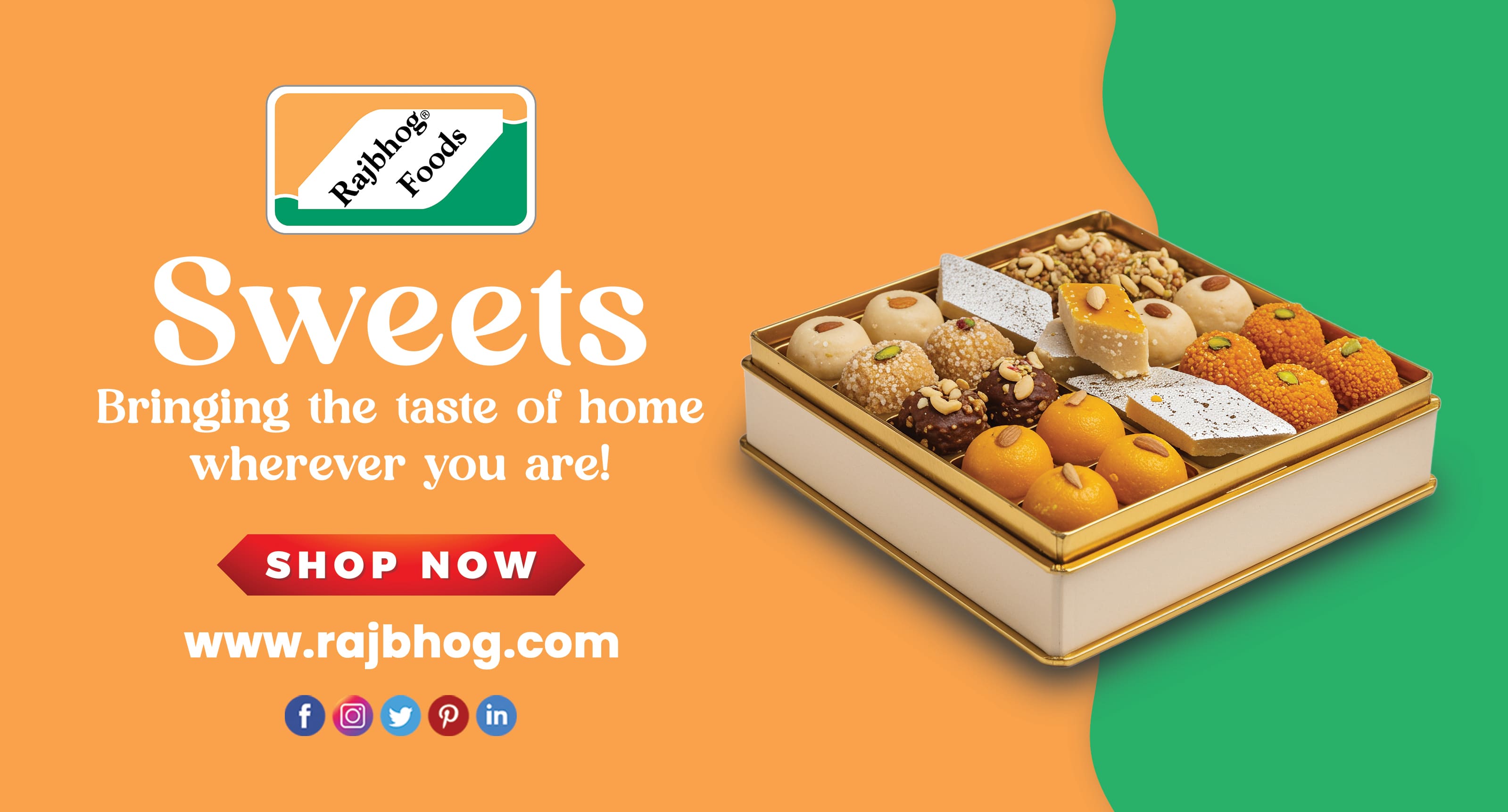
1759953093.png) Staff Reporter
Staff Reporter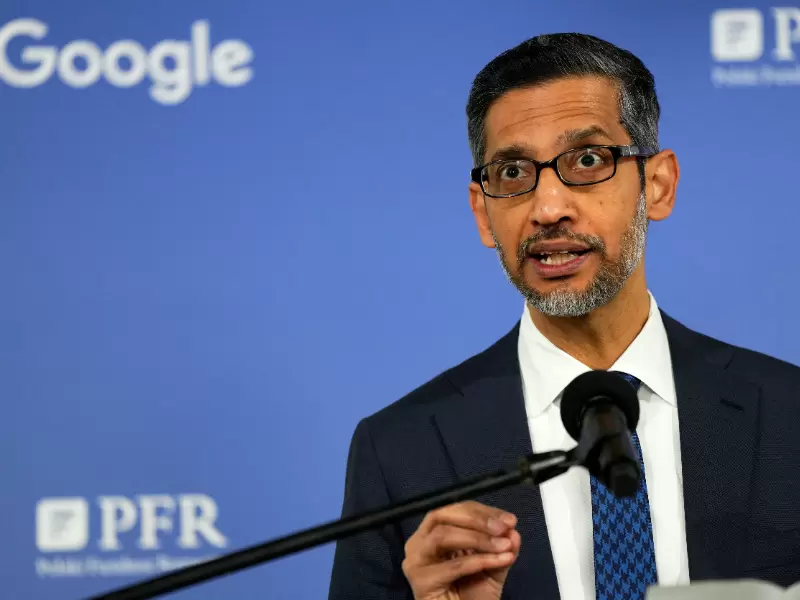

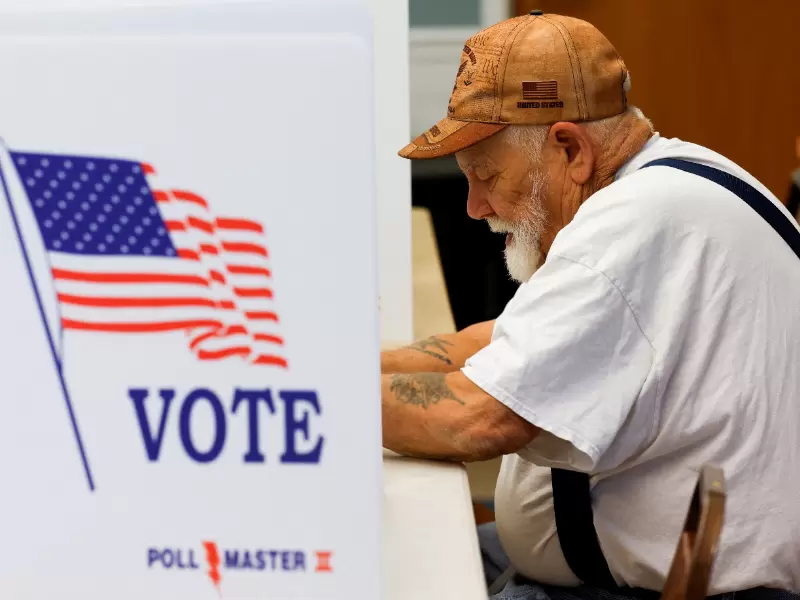
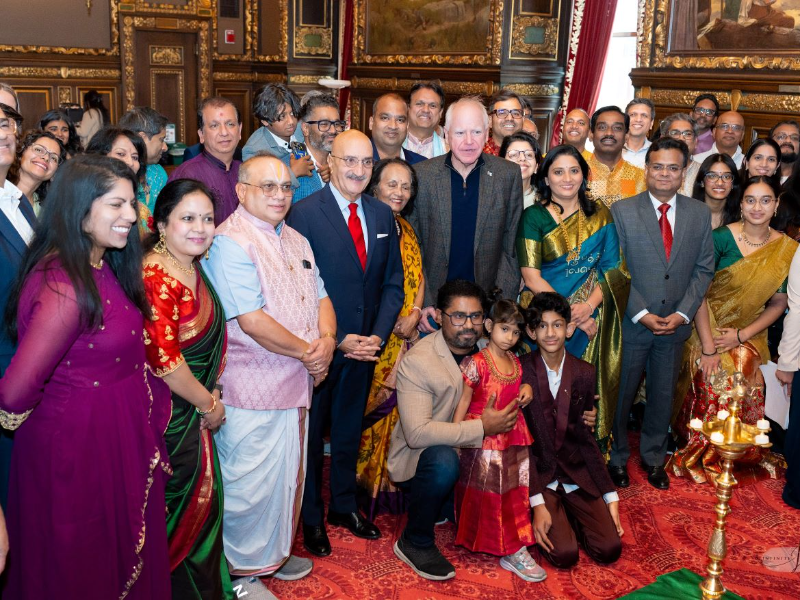
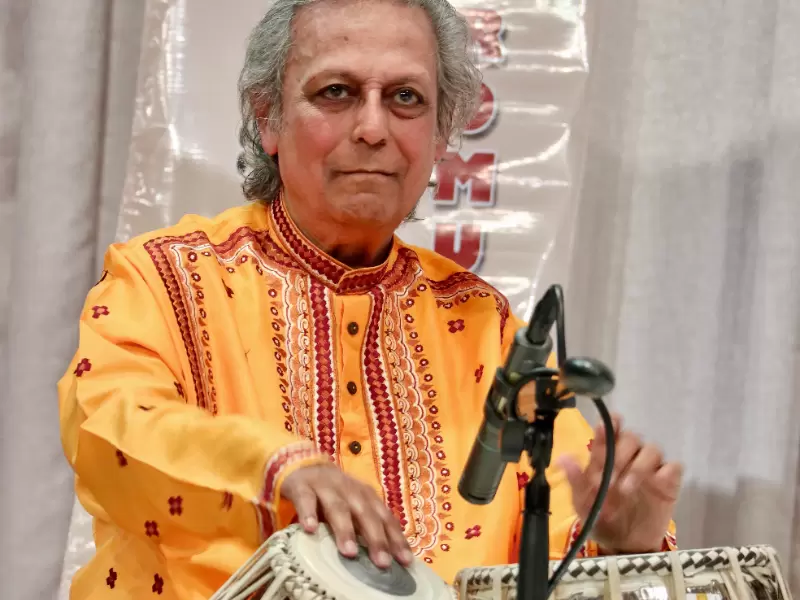
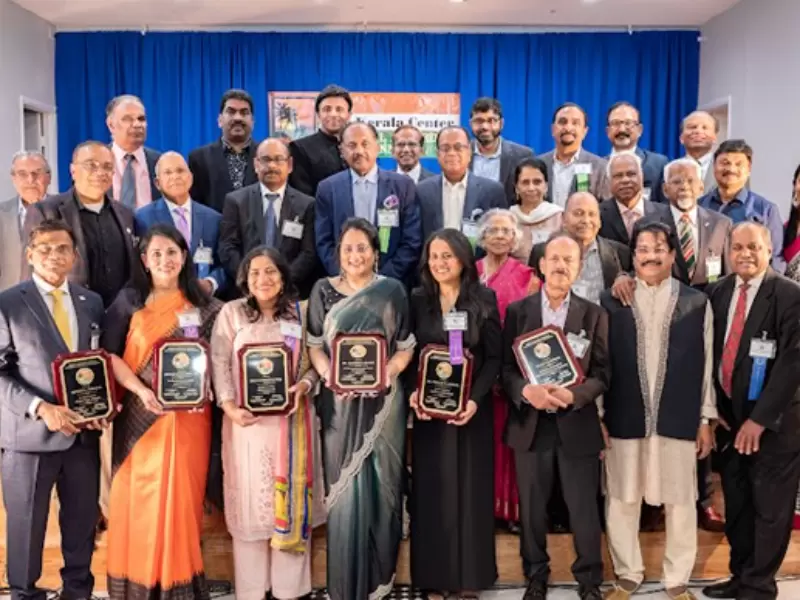
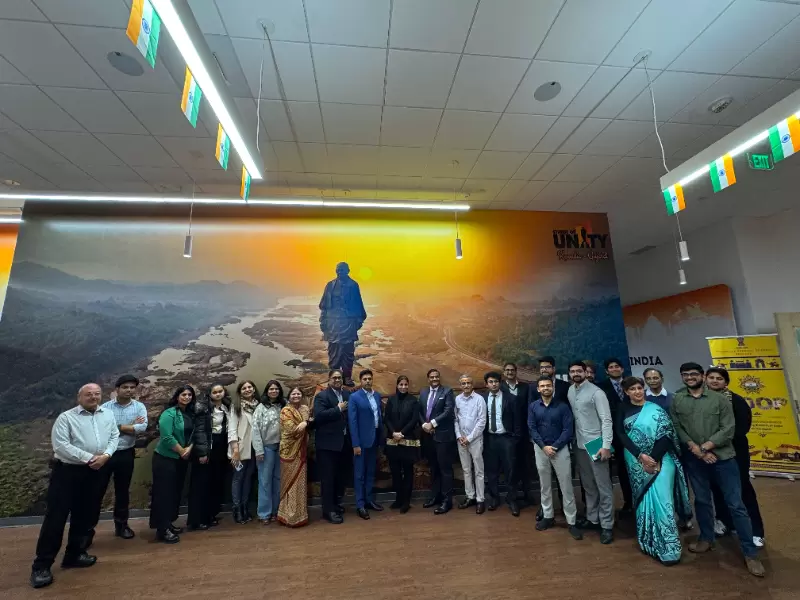


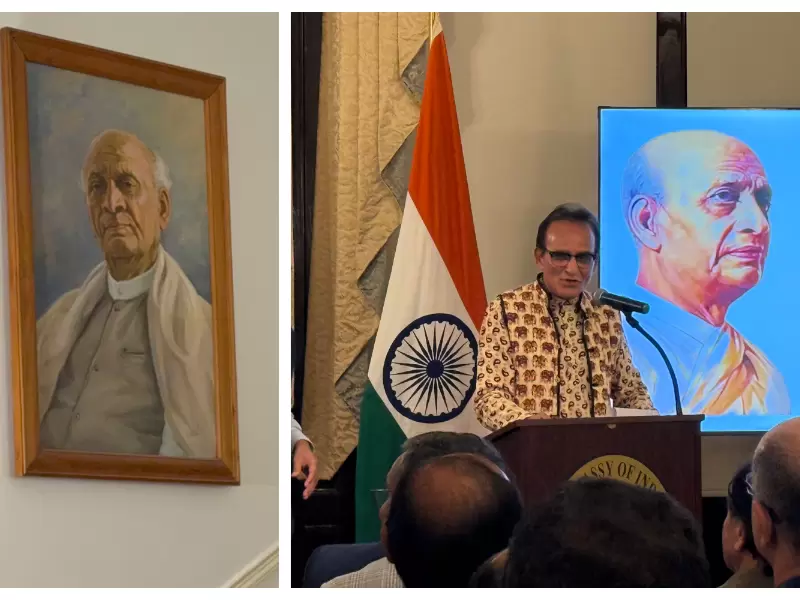
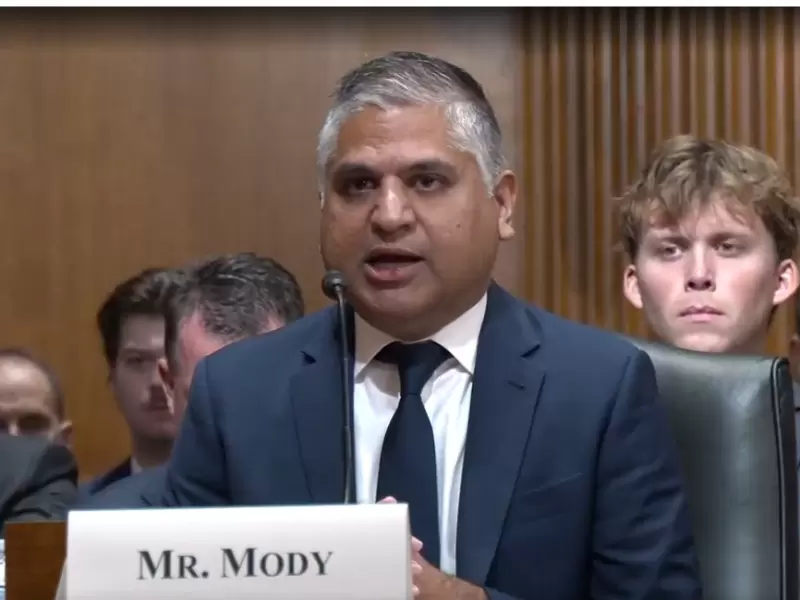
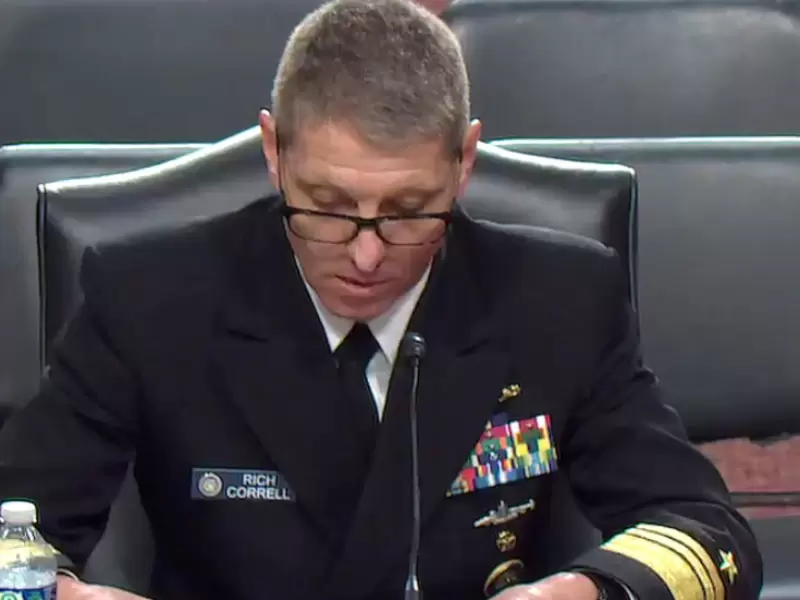

Comments
Start the conversation
Become a member of New India Abroad to start commenting.
Sign Up Now
Already have an account? Login